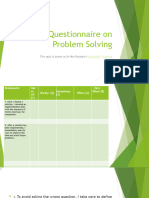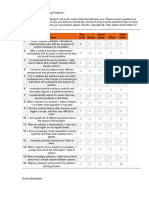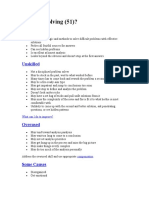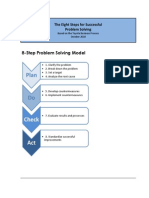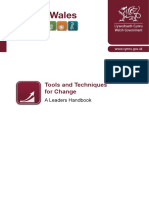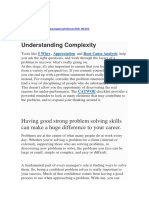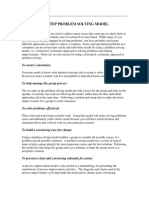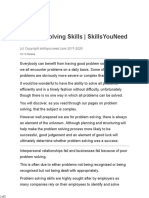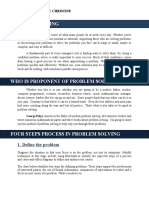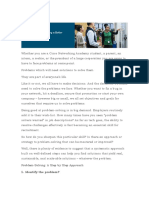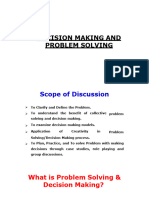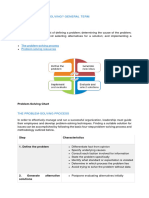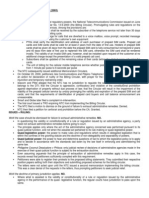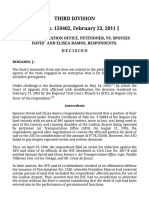0% found this document useful (0 votes)
43 views9 pagesProblem Solving Skills Test - From
The document emphasizes the importance of systematic problem-solving skills for career success and provides a quiz to assess one's current approach. It outlines a structured eight-step process based on Min Basadur's Simplex model, guiding readers through identifying, defining, and solving problems effectively. By following this model, individuals can improve their decision-making and problem-solving capabilities, leading to better outcomes in their professional lives.
Uploaded by
Wai Win PhyoeCopyright
© © All Rights Reserved
We take content rights seriously. If you suspect this is your content, claim it here.
Available Formats
Download as PDF, TXT or read online on Scribd
0% found this document useful (0 votes)
43 views9 pagesProblem Solving Skills Test - From
The document emphasizes the importance of systematic problem-solving skills for career success and provides a quiz to assess one's current approach. It outlines a structured eight-step process based on Min Basadur's Simplex model, guiding readers through identifying, defining, and solving problems effectively. By following this model, individuals can improve their decision-making and problem-solving capabilities, leading to better outcomes in their professional lives.
Uploaded by
Wai Win PhyoeCopyright
© © All Rights Reserved
We take content rights seriously. If you suspect this is your content, claim it here.
Available Formats
Download as PDF, TXT or read online on Scribd
/ 9


